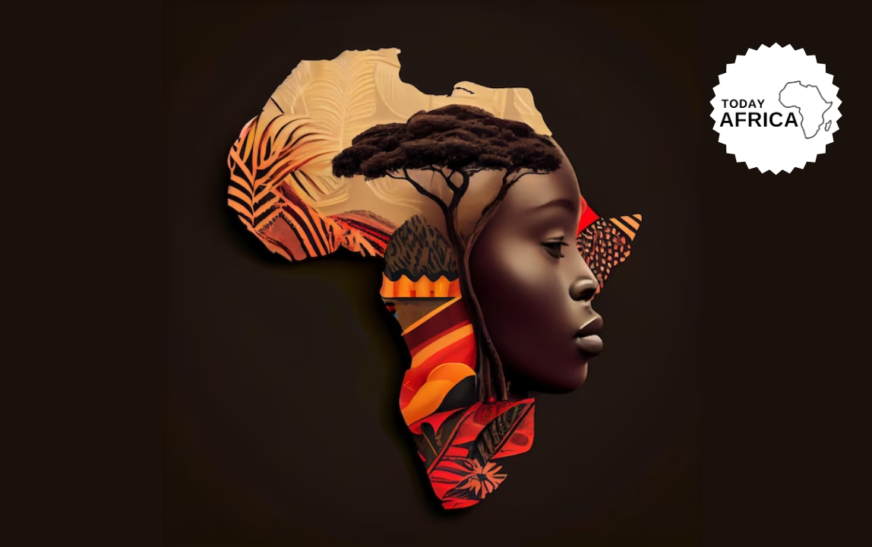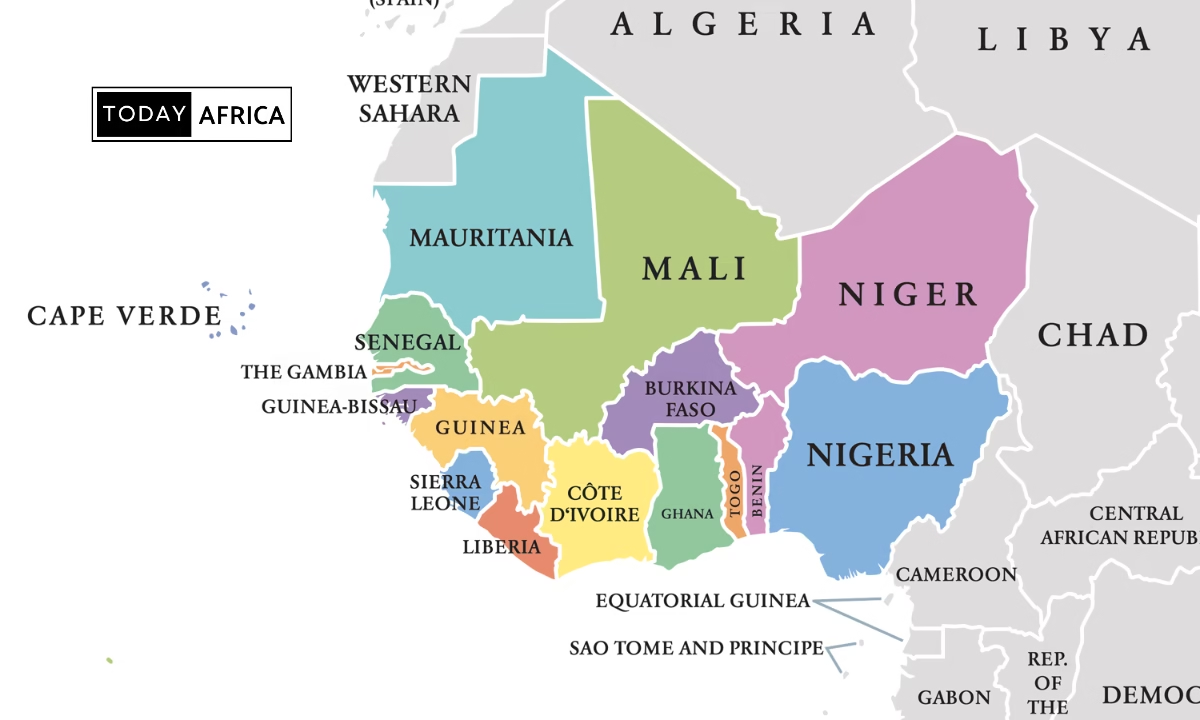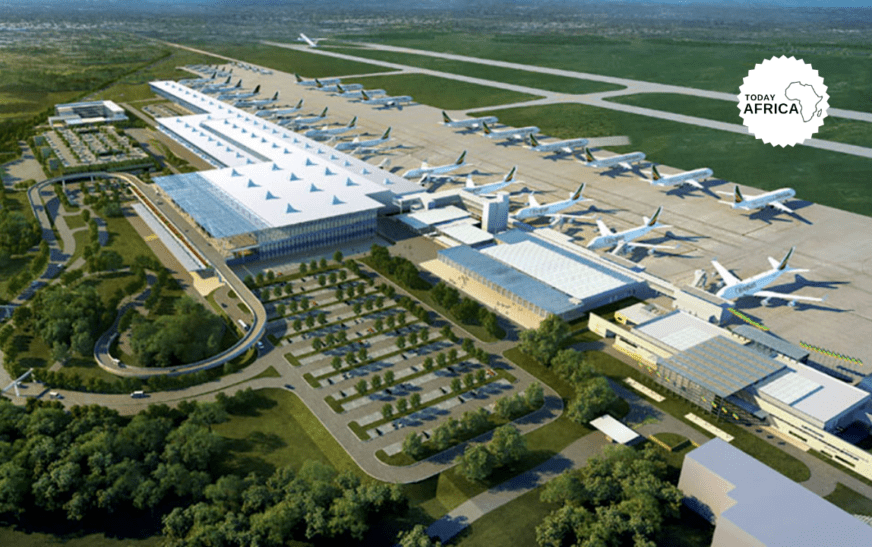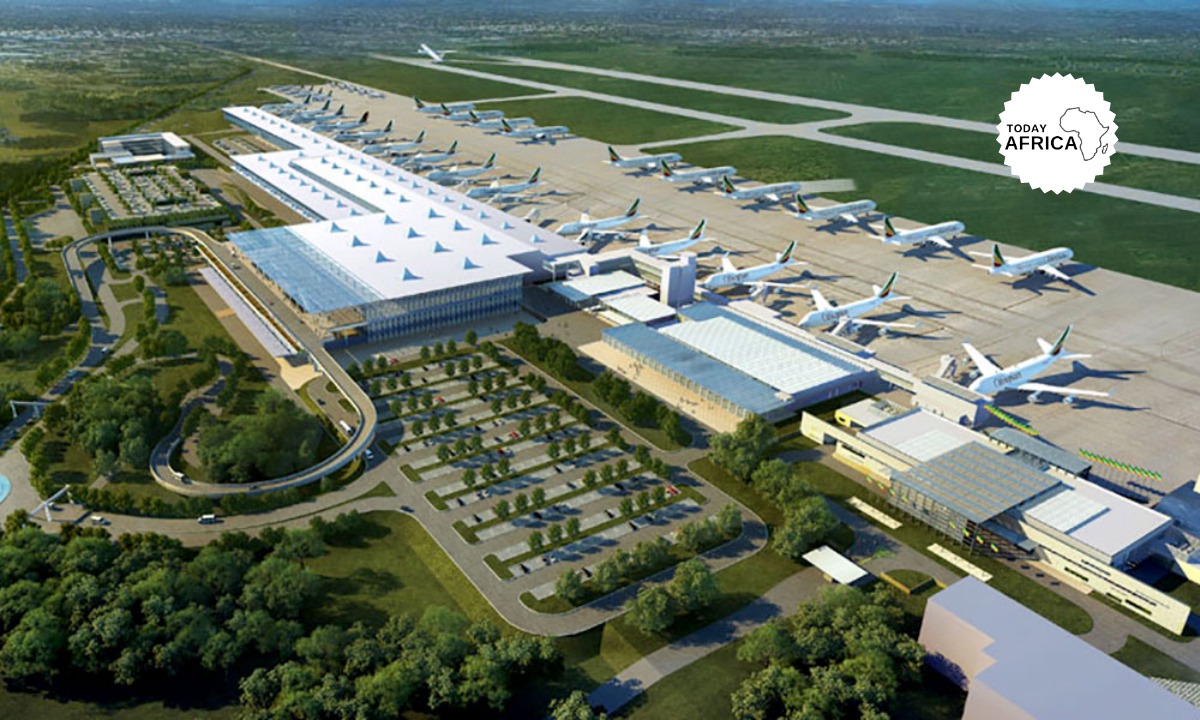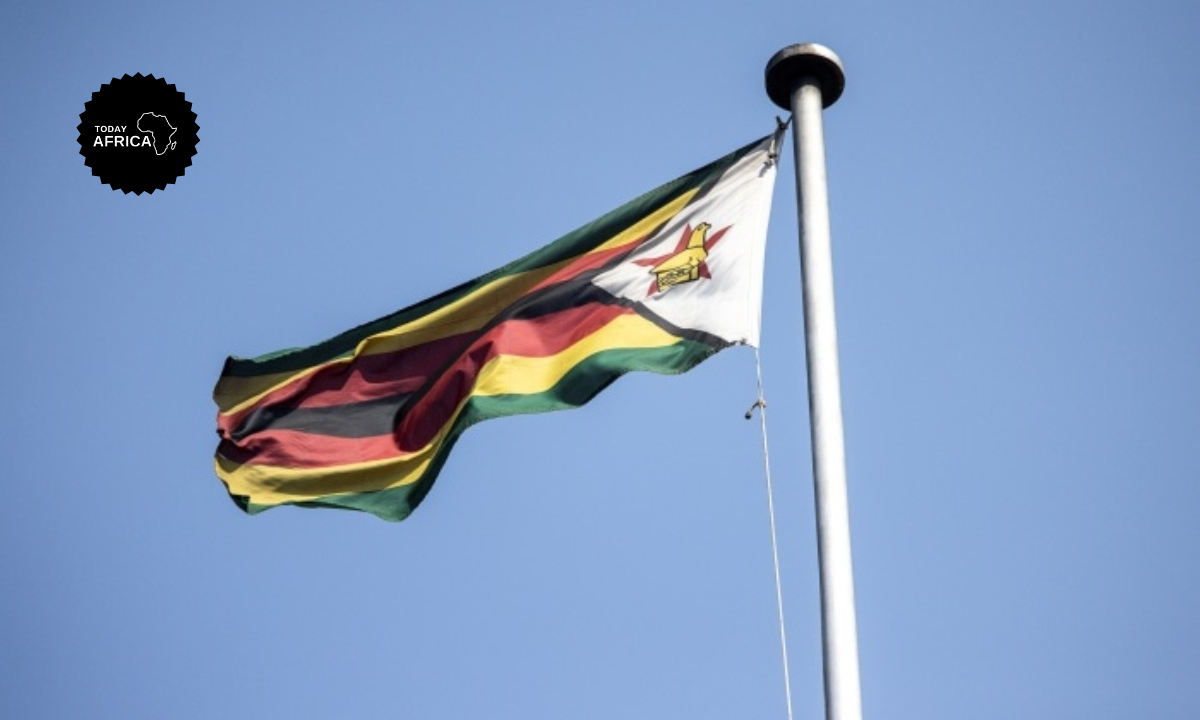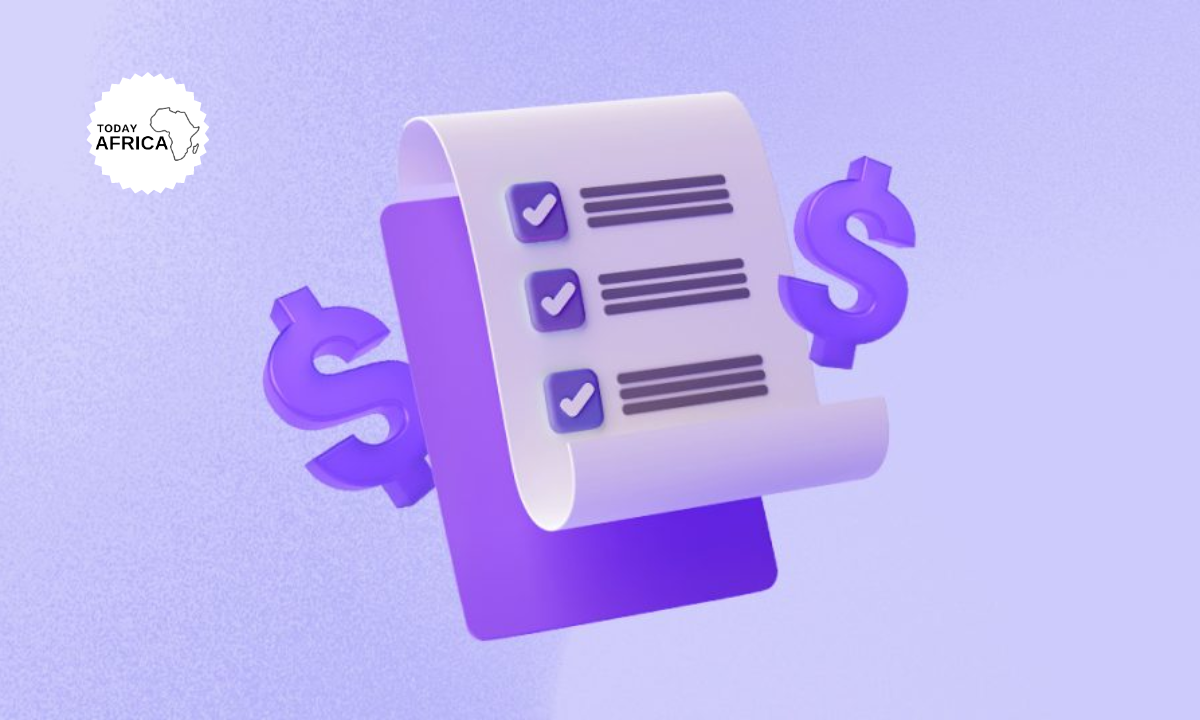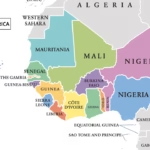Have you ever wondered the strongest currency in Africa? Well, here’s your chance to know!
Africa, a continent of diverse cultures, landscapes, and economies, is home to a myriad of currencies. While some have weathered economic storms and maintained their value, others have faced significant challenges.
In this blog, we’ll discuss the factors influencing currency strength, examines the strongest currency in Africa, and explores the implications of currency strength on a nation’s economy.
Factors Affecting Currency Strength
Before we dive into the specifics of African currencies, it’s crucial to understand the key determinants of currency strength:
- Economic stability: A country with a stable economy, low inflation, and a balanced budget is more likely to have a strong currency.
- Political stability: Political unrest, corruption, and policy uncertainty can erode investor confidence and weaken a currency.
- Trade balance: A positive trade balance (exports exceeding imports) strengthens a currency as it increases demand for the domestic currency.
- Interest rates: Higher interest rates tend to attract foreign investment, boosting currency value.
- Foreign investment: A country attracting significant foreign investment often sees its currency strengthen.
- Commodity prices: For countries heavily reliant on commodity exports, currency strength is often tied to commodity prices.
Top 10 Strongest Currencies in Africa
Determining the absolute strongest currency in Africa can be subjective and fluctuate due to market conditions. However, several currencies consistently rank high:
1. Tunisian Dinar
- Currency Name: Dinar
- Code: TND
- Current Exchange Rate: $1 = 3.11
- Inflation Rate in: 5.6%
The Tunisian Dinar is the strongest currency in Africa and has maintained relative stability. Tunisia’s diversified economy, tourism sector, and relatively stable political climate have contributed to its currency’s strength.
The Dinar is the national currency of Tunisia, a North African country on the Mediterranean coast. Introduced on November 1, 1958, Tunisian Dinar replaced the Tunisian franc at a rate of 1,000 francs to 1 dinar.
The decision to establish a new currency was part of Tunisia’s efforts to declare its economic and political independence following the end of French colonial rule. The Dinar is the most stable African currency against foreign inflation rates and has low volatility compared to other currencies.
2. Libyan Dinar
- Currency Name: Dinar
- Code: LYD
- Current Exchange Rate: $1 = 4.81
- Inflation Rate: 7.47%
Despite the country’s political turmoil, the Libyan Dinar has historically been strong due to Libya’s significant oil reserves. However, the ongoing conflict has significantly impacted the economy and currency value.
Ranking second is the Libyan Dinar (LYD), the official currency of Libya, a North African country too. The Libyan Dinar was introduced in 1971, replacing the Libyan Pound at a rate of 1 Dinar to 10 Pounds.
Read Also: 17 Untapped Business Opportunities in Africa
The Libyan dinar is one of the strongest currencies in Africa, and it has a relatively low volatility index compared to other currencies.
3. Ghanaian Cedi
- Currency Name: Cedi
- Code: GHC
- Current Exchange Rate: $1 = GH₵ 12.08
Ghana’s economy has shown growth in recent years, driven by the mining and oil sectors. However, the Cedi has faced volatility due to factors like trade deficits and government spending.
The Ghanaian Cedi (GHS) is the official currency of the West African country, Ghana. The Ghanaian Cedi was introduced in 1965, replacing the Ghanaian Pound at a rate of 2.4 Cedis to 1 Pound.
Notably, in 2007, the currency was redenominated, with the new Ghanaian Cedi (GHS) replacing the old Cedi (GHC) at a rate of 1 new Cedi to 10,000 old Cedis.
The Ghanaian Cedi is one of the strongest currencies in Africa, and currently, one Ghanaian Cedi (GHS) exchanges for about $0.080391.
4. Moroccan Dirham
- Currency Name: Dirham
- Code: MAD
- Current Exchange Rate: $1 = DH 9.93
Morocco’s stable political environment, economic reforms, and focus on tourism and agriculture have supported the Moroccan Dirham’s strength. The currency is partially pegged to the Euro, providing additional stability.
The Moroccan Dirham (MAD) is the official currency of Morocco, located in North Africa. The Dirham was reintroduced in 1960, replacing the Moroccan Franc. The Moroccan Dirham has seen exponential growth since 2011 when King Mohammed VI came into power and introduced free-market reforms that helped grow economic stability.
5. Botswana Pula
- Currency Name: Pula
- Code: BWP
- Current Exchange Rate: $1 = 13.65P
Backed by a robust diamond industry and prudent economic management, the Botswana Pula has been relatively stable. The Pula comes in at number 5. The Botswana pula (BWP) is the official currency of Botswana, a landlocked country in Southern Africa.
The pula has been the country’s official currency since 1976 when it replaced the South African rand. Botswana is one of the most stable currencies in Africa. However, it’s worth noting that Botswana’s currency is tied to the South African Rand.
6. Seychellois Rupee
- Currency Name: Seychellois Rupee
- Code: SCR
- Current Exchange Rate: $1 = SRe 13.65
The Seychelles Rupee (SCR) is the official currency of Seychelles, an oasis of 115 islands in the Indian Ocean located off the coast of East Africa.
Seychelles has a small, open economy that relies primarily on the tourism and fishing industries. The Seychellois Rupee is one of the highest currencies in Africa in terms of value.
7. South African Rand
- Currency Name: Rand
- Code: ZAR
- Current Exchange Rate: $1 = R 19.07
The South African Rand (ZAR) is the official currency of South Africa, a country located at the southern region of the African continent.
See Also: 30 Untapped Business Opportunities in South Africa
South Africa has one of the strongest economies, and the Rand is one of the strongest currencies in Africa, and this is due to recent economic growth. South Africa’s GDP can support this, growing at a rate of 4.6% annually.
8. Eritrean Nakfa
- Currency Name: Nakfa
- Code: ERN
- Current Exchange Rate: $1 = Nfk 15.00
The Eritrean Nakfa (ERN) is the official currency of Eritrea, a country in the Horn of Africa bordered by Sudan, Ethiopia, and Djibouti. The Nakfa was introduced in 1997, replacing the Ethiopian Birr, which was used during Eritrea’s time as a province of Ethiopia.
The country’s fixed exchange rate is the primary determinant of Eritrea’s currency value, making it one of the most valuable currencies in Africa. The Nakfa is also one of Africa’s most liquid fund assets and can be used worldwide for international payment.
9. Egyptian Pound
- Currency Name: Egyptian Pound
- Code: EGP
- Current Exchange Rate: $1 = E£ 30.66
The Egyptian Pound (EGP) is Egypt’s official currency. The Egyptian Pound was introduced in 1834, replacing the piastre as the country’s primary currency unit.
Egypt has one of the oldest economies globally. Egypt has had a solid economic recovery since the political turmoil that shook its economy over recent years, with inflation reduced from more than 30% to less than 10%.
10. Zambian Kwacha
- Currency Name: Kwacha
- Code: ZMW
- Current Exchange Rate: $1 = ZK 26.39
The Zambian kwacha is the official currency of Zambia. The kwacha was first introduced in 1968, replacing the Zambian pound.
The name “kwacha” means “dawn” in the Nyanja language, one of Zambia’s major languages.
One of the reasons it is one of the strongest currencies in Africa is that Zambia is the largest copper producer in Africa. The country has rich mineral resources, and with Copper being the most dominant metal, mining of Copper is done on a large scale.
Read Also: Hakainde Hichilema: The Zambian ‘Farmer’ Who Became President
Implications of Currency Strength
A strong currency has both advantages and disadvantages:
Advantages
- Increased purchasing power: Citizens can buy more goods and services with their currency.
- Lower import costs: Imported goods become cheaper, benefiting consumers.
- Attracts foreign investment: A strong currency can attract foreign investors seeking stable returns.
Disadvantages
- Reduced export competitiveness: Exports become more expensive, impacting businesses reliant on foreign markets.
- Potential for inflation: If not managed carefully, a strong currency can lead to inflation.
- Vulnerability to economic shocks: A strong currency can make an economy more susceptible to external economic shocks.
Factors Affecting Currency Volatility in Africa
Several factors contribute to currency volatility in Africa:
- Commodity price fluctuations: Many African economies are heavily reliant on commodity exports, making their currencies susceptible to price swings.
- Political instability: Political unrest and uncertainty can erode investor confidence and weaken currencies.
- Debt levels: High levels of government debt can put pressure on currencies.
- Capital flows: Sudden inflows or outflows of capital can significantly impact currency values.
Strategies for Currency Stability
African countries can implement various strategies to stabilize their currencies:
- Diversification: Reducing reliance on a single commodity or sector can mitigate currency volatility.
- Sound economic policies: Maintaining fiscal discipline, controlling inflation, and attracting foreign investment are crucial.
- Exchange rate management: Implementing appropriate exchange rate regimes can help stabilize currencies.
- Regional integration: Strengthening regional economic cooperation can enhance currency stability.
Conclusion
Determining the strongest currency in Africa is a dynamic process influenced by various economic and political factors. While some currencies have shown relative stability, others have faced significant challenges.
Understanding the factors affecting currency strength is essential for businesses, investors, and policymakers operating in the African context. By implementing sound economic policies and diversifying their economies, African countries can strive for greater currency stability and long-term economic growth.
Note: This blog post provides a general overview and does not constitute financial advice. It’s essential to conduct in-depth research and consult with financial experts for specific investment or business decisions.

